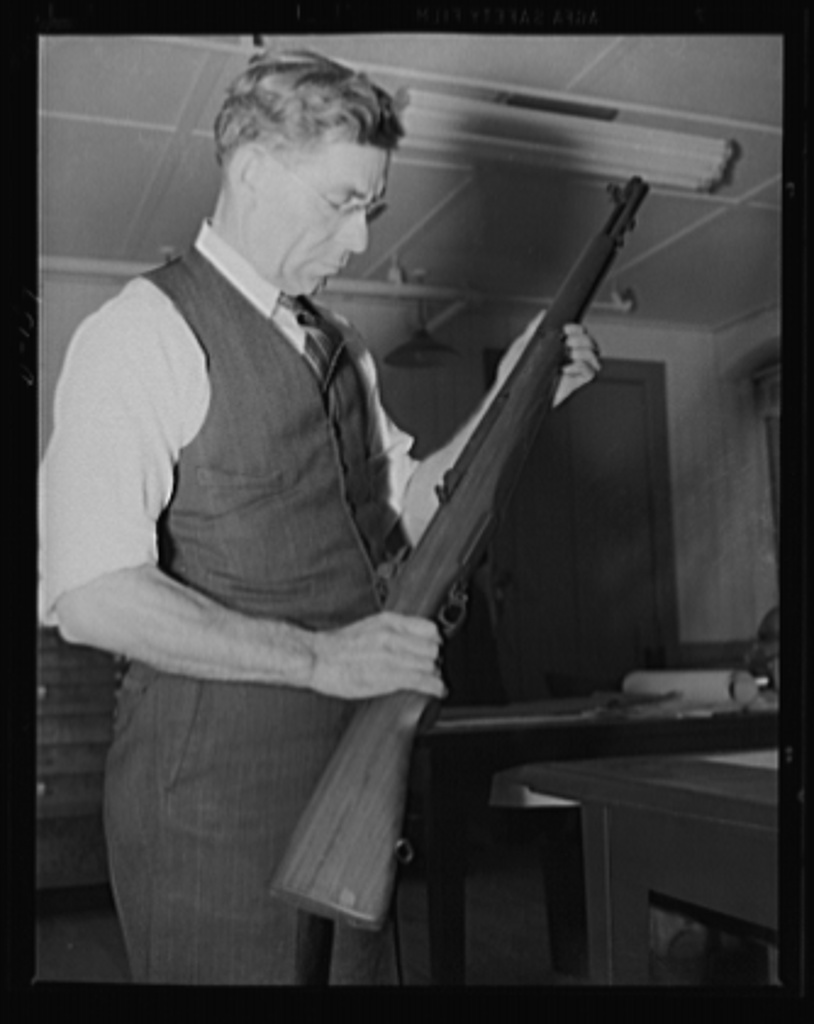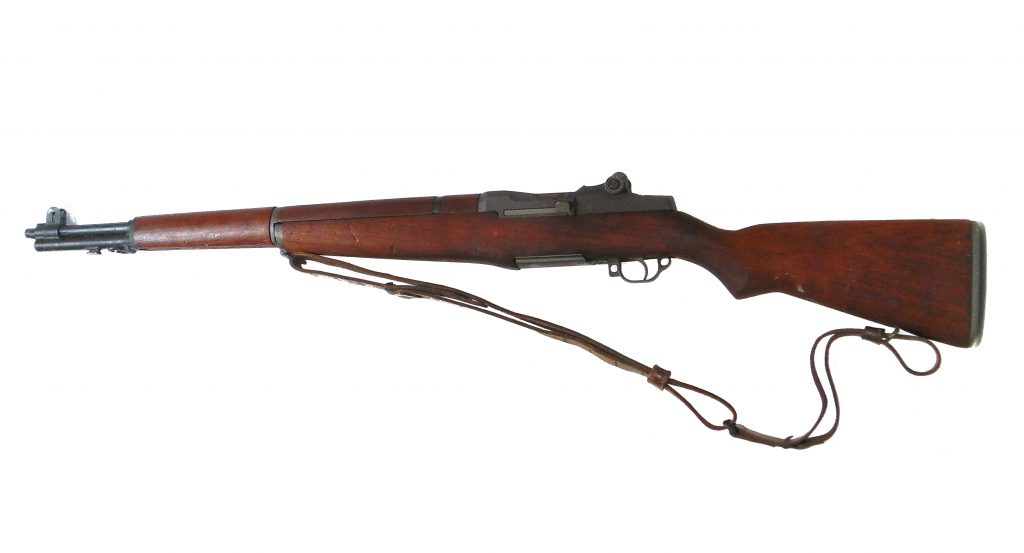
He’s one of the best-known gunsmiths in history, in spite of the fact that no one can pronounce his name correctly. There’s a reason for that. John Garand designed one of the most iconic rifles in American history. What’s more, he gave American troops the firepower they needed to win the Second World War. In this entry of Greatest Gunsmiths, we’ll take a look at John Garand and his M1 rifle.
Early Life
John Cantius Garand (rhymes with “errand”) was born on New Years’ Day, 1888 in St. Remi, Quebec, a town just outside of Montreal. At age 11, he and his family moved to Connecticut to work in textile mills. He developed an interest in firearms after working at a shooting gallery.
During his childhood, Garand apprenticed as a machinist and toolmaker. He soon moved to New York to pursue a tool-making career in 1916. In New York, the young Garand just couldn’t stay away from those dang shooting galleries along Broadway.
His interest in both machining and shooting coalesced into one cohesive whole sometime around 1917. As an amateur, he designed a prototype light machine gun for a US Army contest. The army liked his design and hired Garand for $3,500 a year to refine it. He didn’t finish his design until after the end of the First World War in 1919, but the Army continued to employ him as an engineer.
John Garand and the M1 Rifle

Photo Courtesy of RenseNBM
During the Interwar Years, the Army assigned Garand with a special task. They wanted him to design a gas-operated, semi-automatic rifle that would eject its magazine once it was empty. Garand got to work immediately, basing his rifle on the .30 caliber cartridge. He patented his design as the “Semiautomatic, Caliber .30, M1 Rifle” in 1932. The Army approved it four years later, and factories began churning out Garands by 1940.
The Garand would become iconic when American forces fielded it in the Second World War. Dubbed by George Patton as the “greatest battle implement ever devised,” the M1 rifle saw service in both Europe and the Pacific. It even garnered praise from Douglas MacArthur.
Later Life
Garand would continue to work for the Army until his retirement in 1953. He died in 1974 at the ripe age of 88. In spite of the Army’s lip service, Garand never made any money from the 6 million or so M1s produced. Several congress-people tried to pay him $100,000 for his work, but he died before receiving the money. He was buried where he worked decades for the Armed Forces, in Springfield, Massachusetts.
To learn more about some of the other greatest gunsmiths, check out our series on the subject!


